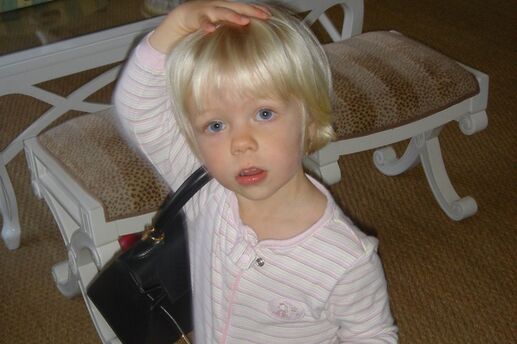Caring for Your Newborn Baby’s Cord

Your baby’s umbilical cord fed her before birth, but it’s slowly shriveling up and drying out. In the meantime, you need to give the cord some special TLC. Here’s what you need to know and do.
Stick to sponge baths. Do not put your baby in a tub of water. Until the cord actually falls off, sponge baths will help you avoid getting the cord wet.
Keep the cord dry and clean. Fold your newborn’s down below the cord so the stump is not exposed to urine or irritated by the diaper. Use a cotton-tipped applicator to wipe the area around the stump. Expose the area to air so it will remain dry.
Let the cord fall off on its own. As unattractive as it might be, resist the urge to remove the stump in any way. Allowing nature to take its course and the stump to shrivel up and fall off on its own will ensure a healthy healing of your baby’s belly button. The cord should fall off by the time your baby is around 8 weeks old. If it doesn’t, contact your pediatrician.
Understand the signs. Although it’s unlikely for your baby’s stump to get infected, you should still know the warning signs. If there’s a foul-smelling, yellowish discharge or any redness at the base of the stump, it might be infected. It might also be infected if your baby cries when you touch the skin near the cord. If you suspect an infection, contact your pediatrician.
Know what’s normal. Around the time the stump starts to fall off, you may notice a few drops of blood near the cord. That’s normal. But active bleeding is not. Call your pediatrician if you notice any bleeding.
Keep an eye on the cord after it falls off. If you notice a cluster of red scar tissue on the cord, your baby may have an umbilical granuloma, which will drain a light yellow fluid. The granuloma usually disappears after a week. If it doesn’t, call your doctor, who may need to remove the tissue.


